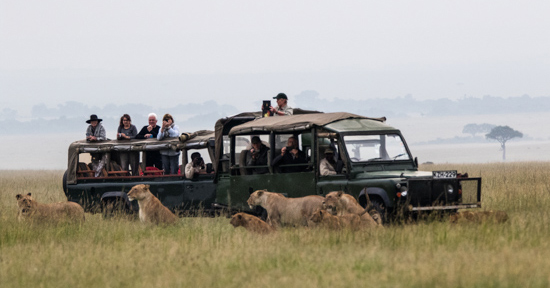 If you ever dreamed of being dropped into the middle of a National Geographic wildlife documentary film, then come on safari to the Maasai Mara! Not only are the drama, suspense, action and excitement far beyond your expectations, but chances are that you will be sitting along side a film crew and the top wildlife photographers. Everyday is like being on an exotic treasure hunt. Coffee, tea and biscuits are brought to your tent before sunrise. Next you hear the engines of the 4X4’s. You grab your gear, hop in, and race out to where a big pride of lions or a cheetah with cubs was last seen.
If you ever dreamed of being dropped into the middle of a National Geographic wildlife documentary film, then come on safari to the Maasai Mara! Not only are the drama, suspense, action and excitement far beyond your expectations, but chances are that you will be sitting along side a film crew and the top wildlife photographers. Everyday is like being on an exotic treasure hunt. Coffee, tea and biscuits are brought to your tent before sunrise. Next you hear the engines of the 4X4’s. You grab your gear, hop in, and race out to where a big pride of lions or a cheetah with cubs was last seen.
Once spotted, you get into position, but then shortly realize the female lions are on the hunt! Quickly, with your adrenaline pumping, you change positions hoping to predict the behavior and action that will come directly into your lens. The anticipation of the action is heart pounding and incomparable to any other experience in life. Then, like a speeding bullet, the lions spring into action. There is a rapid blast of camera shutters in every direction; the engines roar to life and everyone holds on while the drivers maneuver and reposition.
As the action quiets down for a few minutes, you begin to notice your colleagues, top wildlife photographers you greatly admire, or even the crew from National Geographic; after all, you are in one of the greatest wildlife reserves in Africa and on the planet. An exchange of information is quickly passed along as to what has been spotted in the past few days, what areas to avoid due to heavy rains, and a general catching-up since the last time you saw each other. The social interaction between the drivers and photographers is all part of the thrill! Everyone is excited to be on safari and part of the action! This past week alone, it was fantastic to drive alongside Jonathan and Angie Scott, Greg DuToit, Grant Atkinson, and David Lloyd.
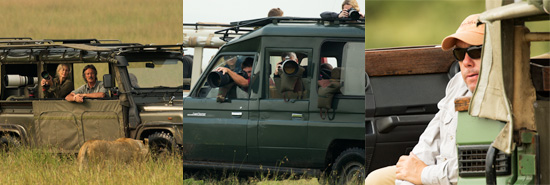 One question I am often asked is, “Isn’t it hard to drive your own vehicle and take photographs at the same time?” The answer is yes and no. Driving your own vehicle gives you the ultimate freedom to quickly position exactly as you wish, but
One question I am often asked is, “Isn’t it hard to drive your own vehicle and take photographs at the same time?” The answer is yes and no. Driving your own vehicle gives you the ultimate freedom to quickly position exactly as you wish, but
it is difficult to watch what is in front of or behind your tires while following a cat on the move, getting the Landy in position, cutting the engine, grabbing your camera, firing, and nailing the shot. However, when you do, the thrill goes to an entirely new level of excitement, if that is even possible! The biggest frustration I face is driving the muddy black cotton soil roads and crossing the high rushing waters of the river after the rains, which I discussed in my last post.
What driving my own vehicle in the Mara this past year has done is given me invaluable experience as a guide. Understanding how difficult it is to maneuver around all the obstacles and position a vehicle allows me to better communicate with my guides. There is also a higher level of respect offered when giving instructions to my guides, as they have watched me struggle with the challenges of their job. I also understand how easy/quickly or difficult/time consuming it can be to geographically get from one area to another. This can make a significant difference when the sun is falling, the light is golden, we get word of a sighting and I have to make a call to stay with what are photographing or risk racing off to the action and getting there in time.
At the end of the day, when you are sitting around the fire with a cold Tusker sharing stories about all that happened on safari that day, it is as much about the experience as it is about capturing incredible images.

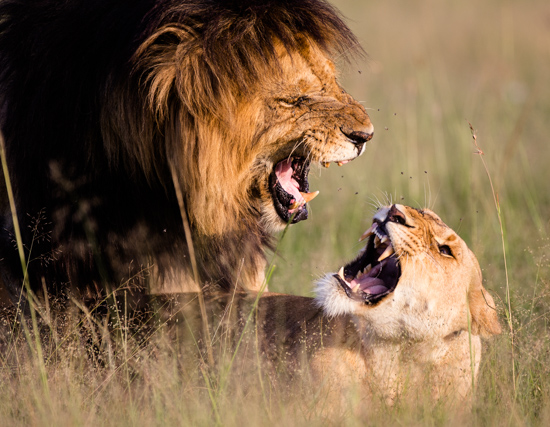
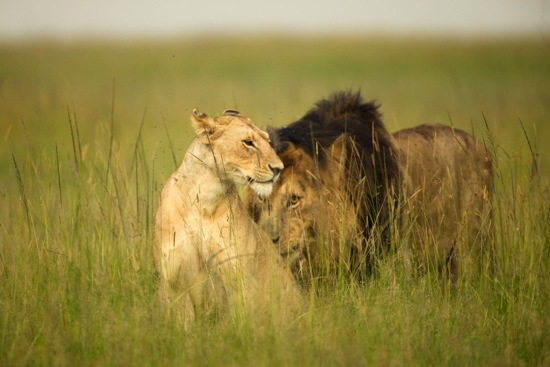
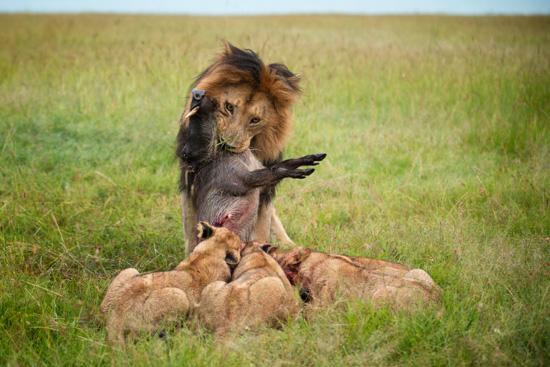
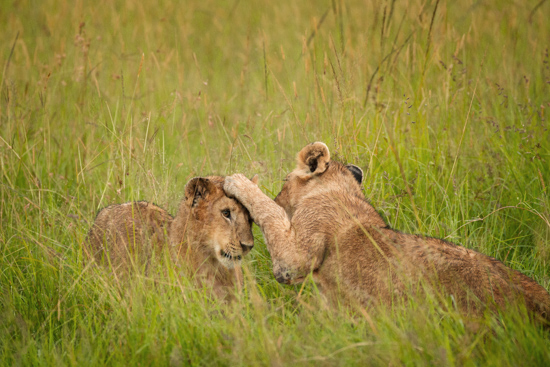
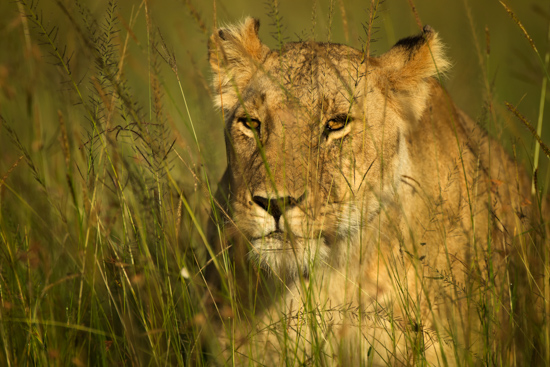
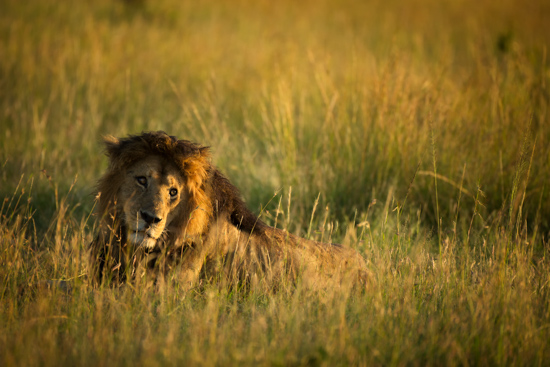
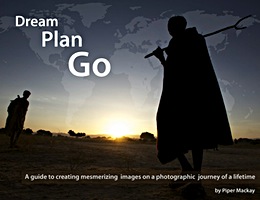




Gorgeous images! Thanks for sharing them with us all.
Another great story Piper and, of course, exciting African wildlife shots.
Susan Q Byrd
Great story and impressive images. Can’t wait to experience it with you this fall. LK
I just want to be your new best friend! Lol